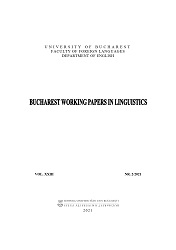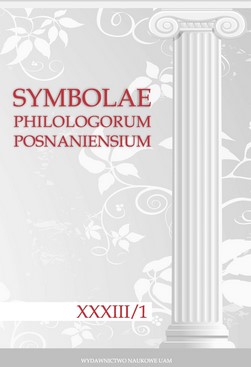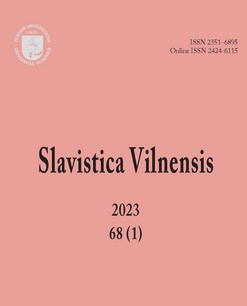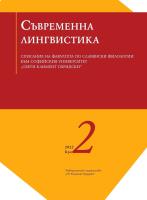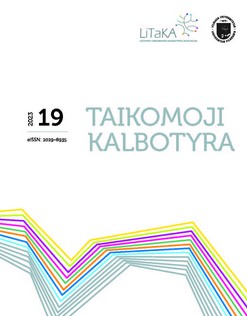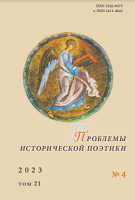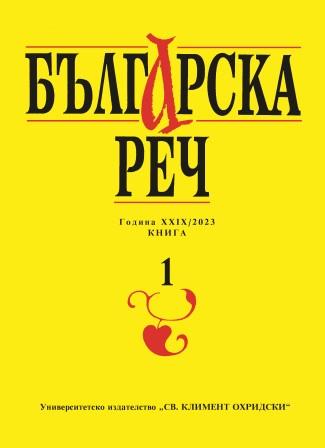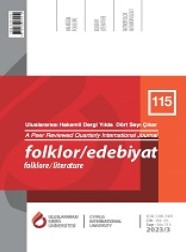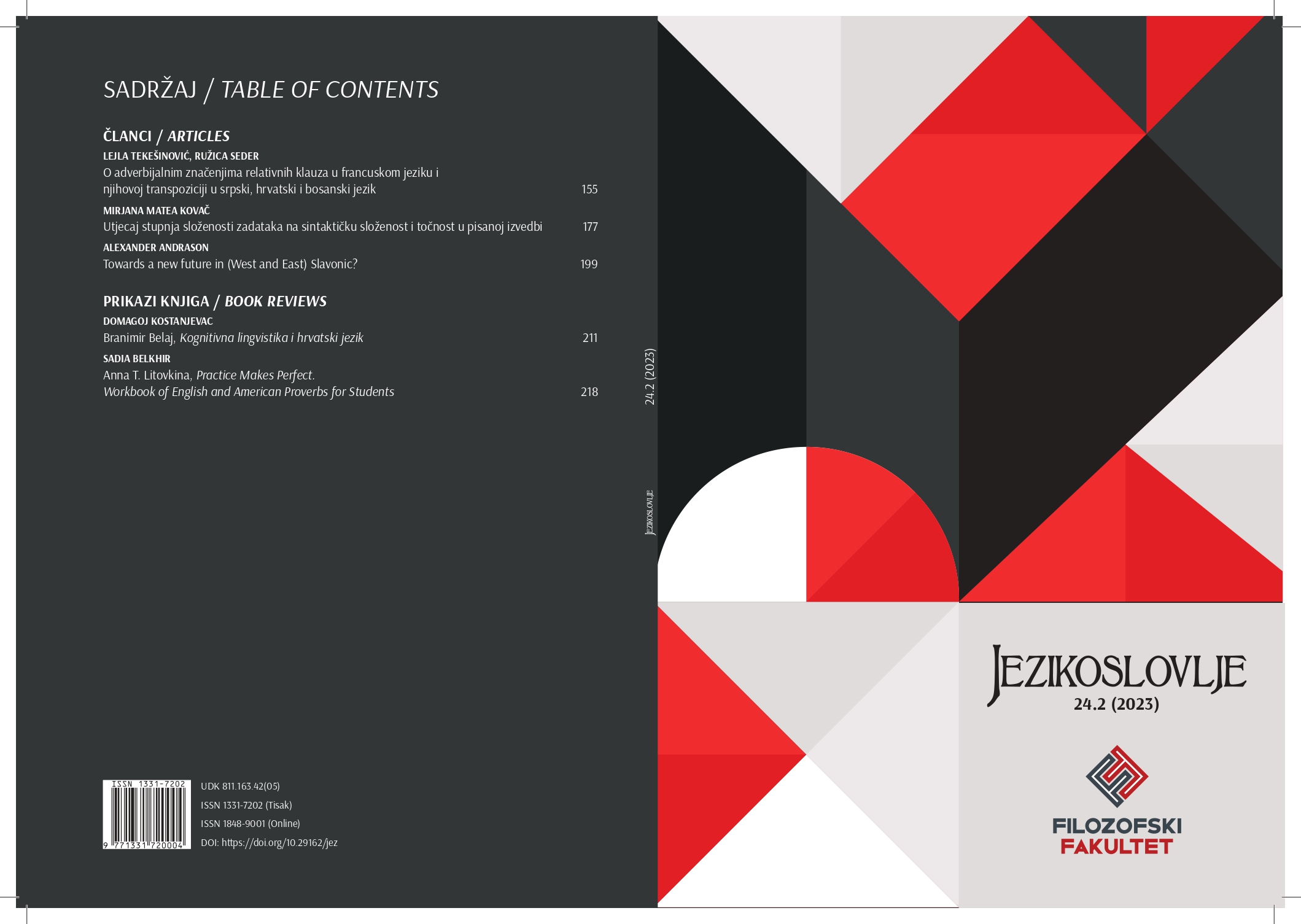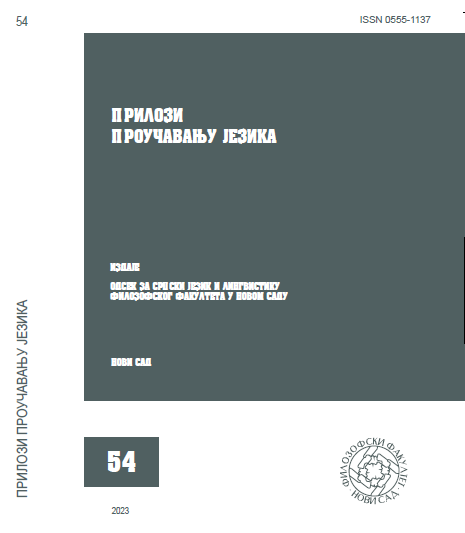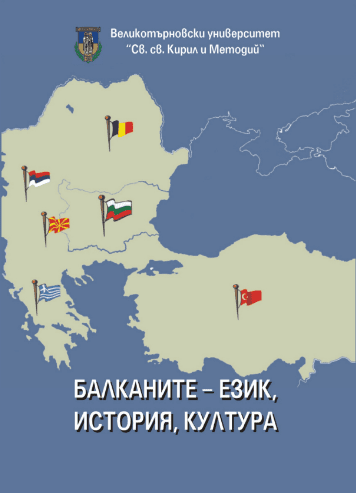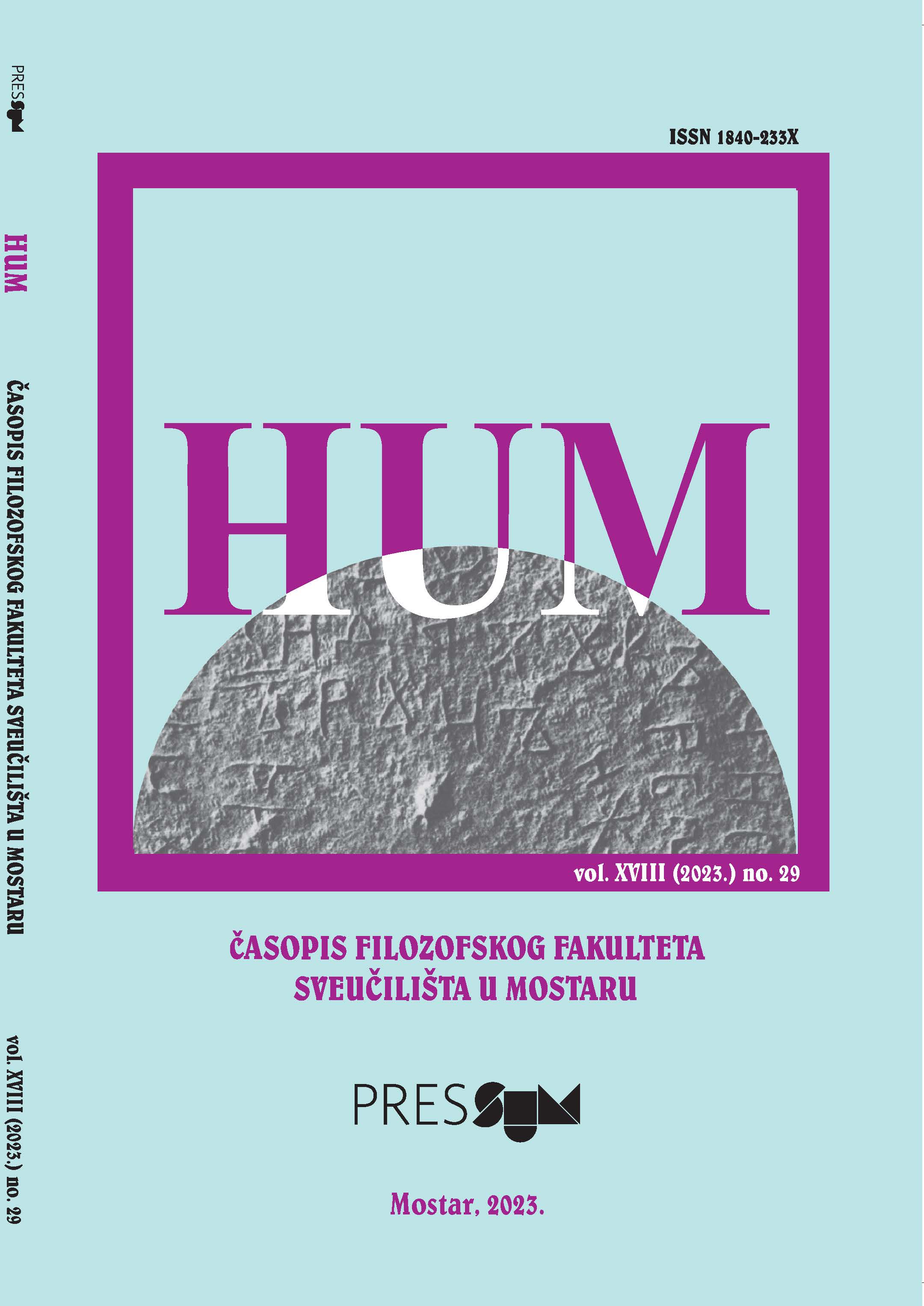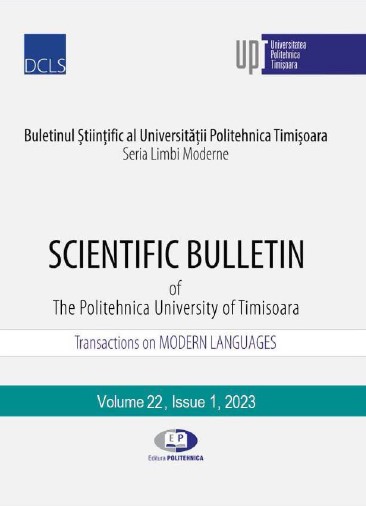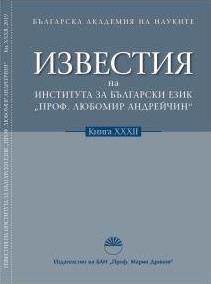Generic bare plurals in Russian and beyond
This paper focuses on indirect reference to kinds achieved by means of bare plural nominal expressions in Russian, which is a language without articles. These NPs refer to sums of individuals, whose denotation is built on Number. Their default interpretation is indefinite, while generic and definite readings are a result of a pragmatic strengthening, i.e. these readings appear only in certain environments (argument position of k-level predicates, subject position of characterising statements) and depend on the world knowledge of interlocutors. Generically and definitely interpreted expressions are similar to each other, being characterised by maximality, identifiability and presupposition of existence. However, the former ones cannot be spatiotemporally localised or anaphorically anchored. Going beyond Russian, it is suggested that in some languages genericity (along with definiteness) may be encoded semantically by means of a definite article, while in others it is pragmatically inferred on bare NPs; this difference can account for the inter- and intralinguistic variation in the expression of genericity.
More...
